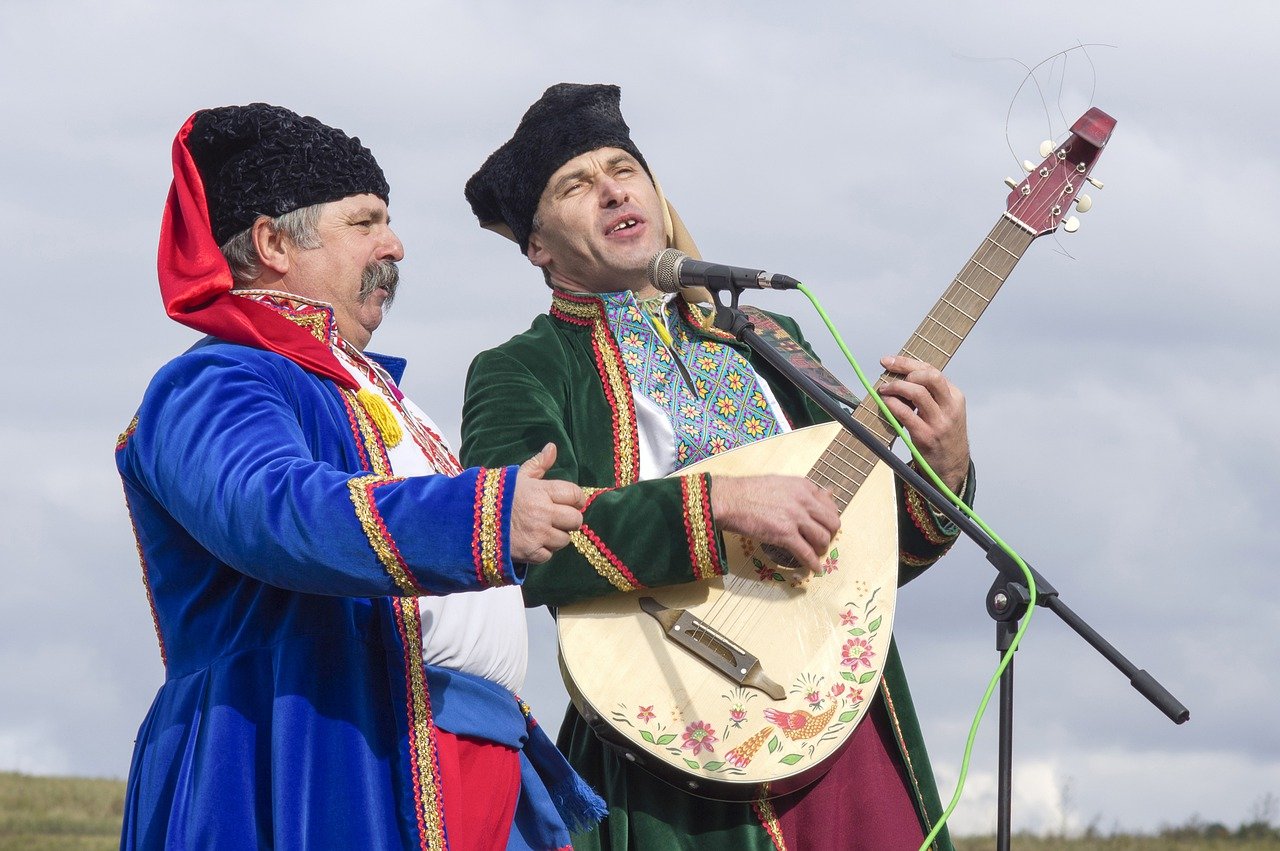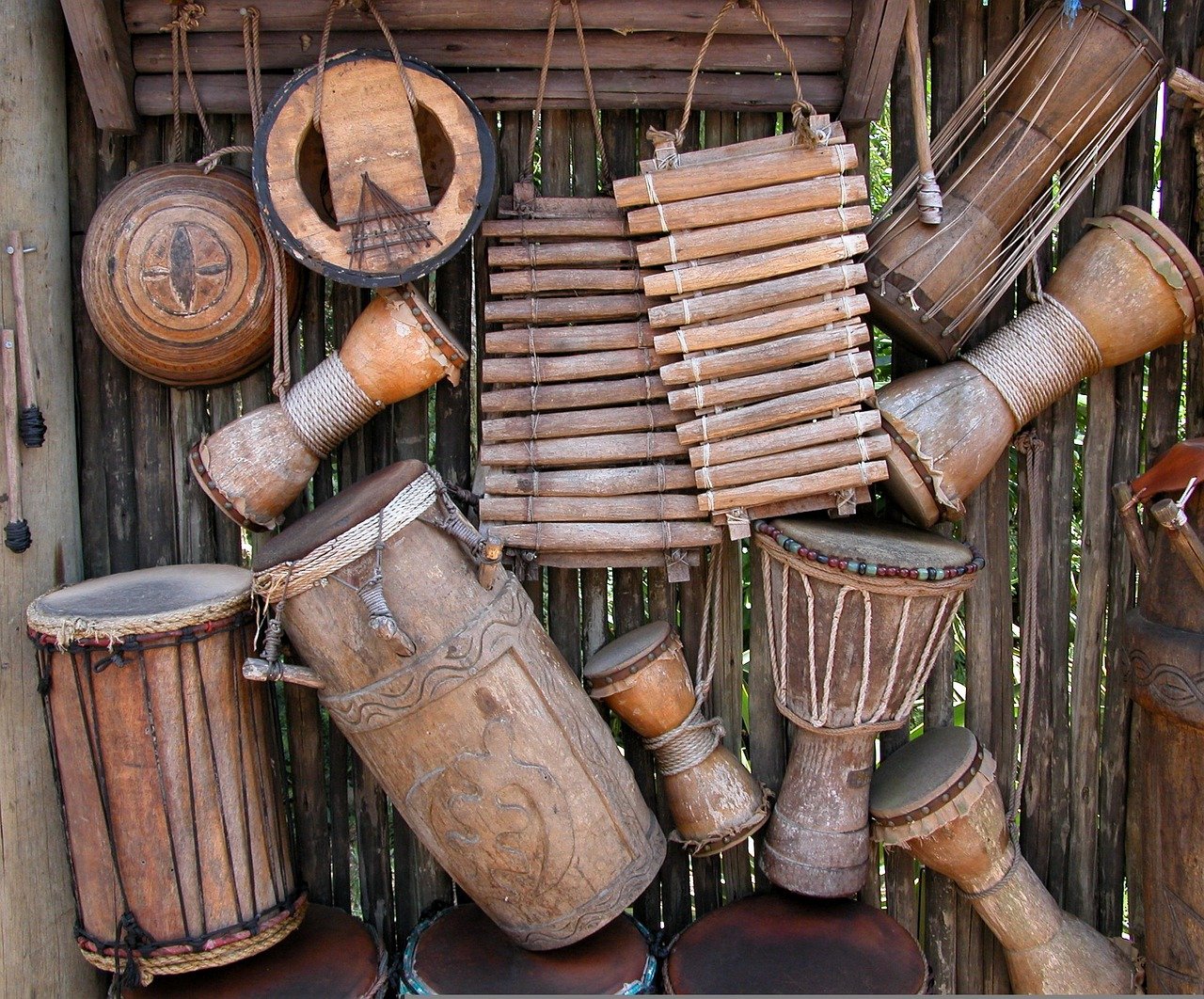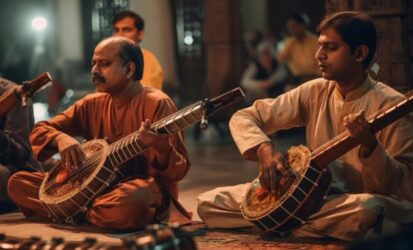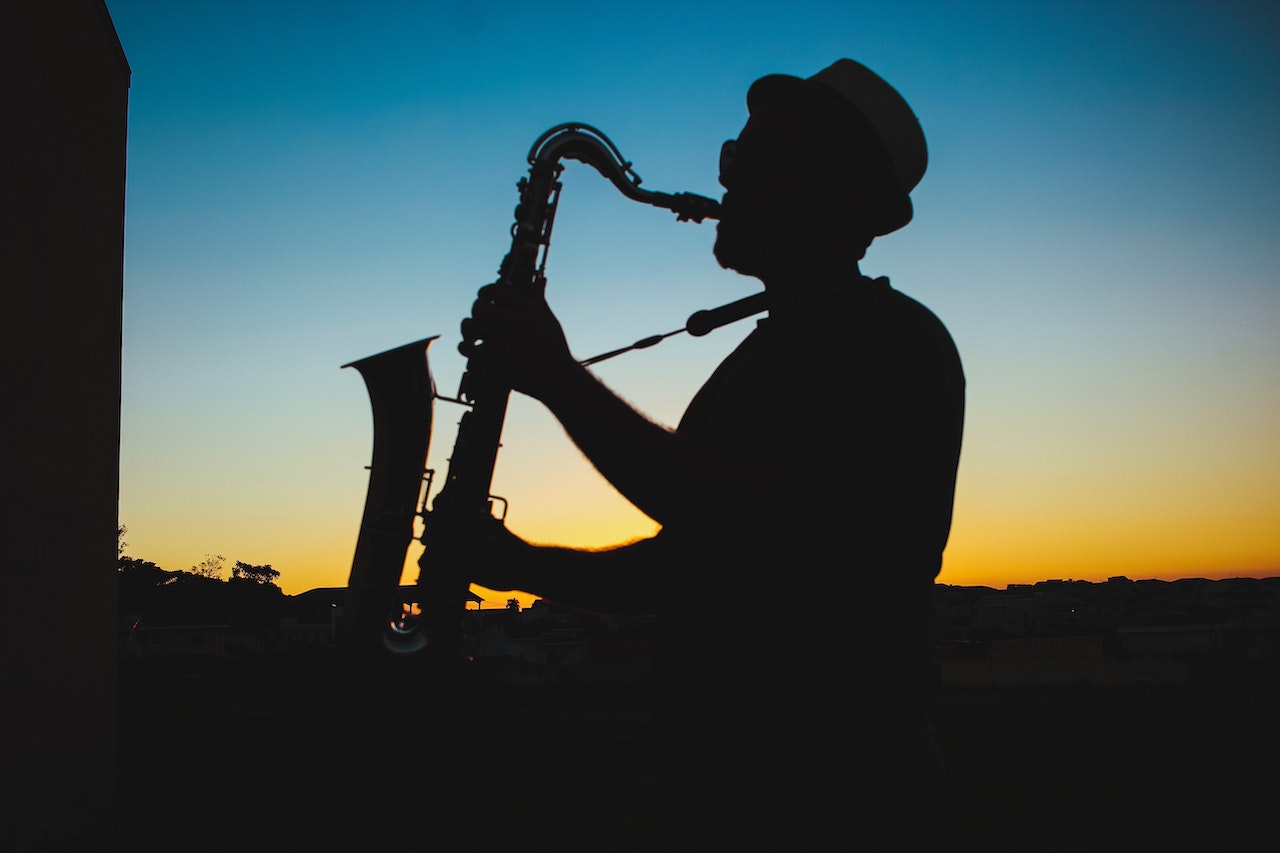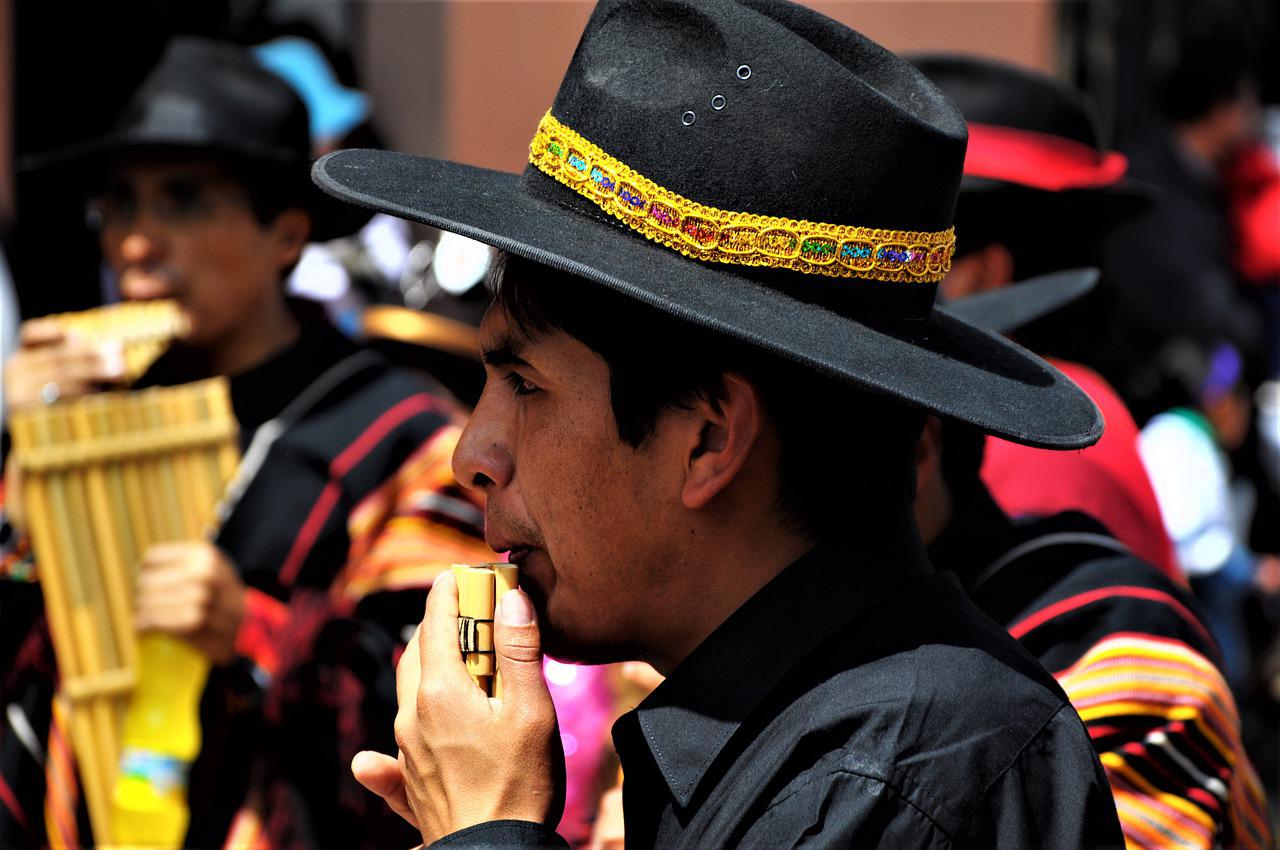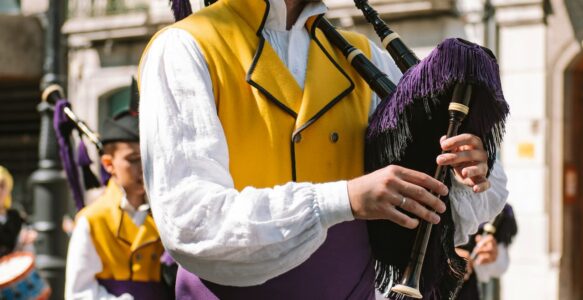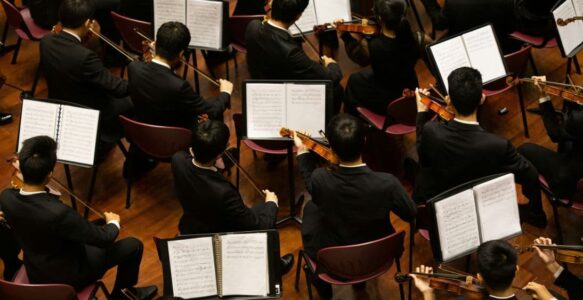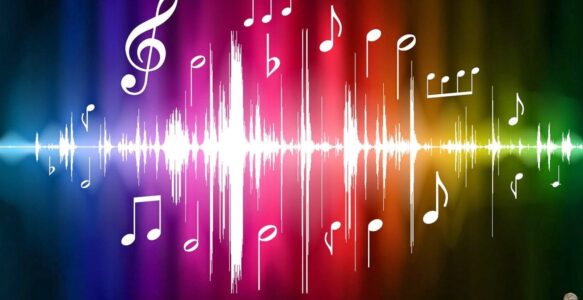Digital technologies are rapidly transforming culture. Traditions that once lived in the attics of rural homes now reside in the “cloud,” play through headphones, and rack up millions of streams on digital platforms. One of the most vivid examples is European folk music — including Portugal’s — which has journeyed from ancient melodies to a modern digital rebirth.
Traditions Going Digital
European folklore has always been closely linked to oral transmission — songs, stories, and dances were passed down through generations in rural communities. However, in the 21st century, these forms of transmission have become insufficient. Globalization, urbanization, and digitalization have displaced traditional forms of leisure, including music. To ensure folklore doesn’t disappear entirely, enthusiasts and research institutes across Europe have launched large-scale efforts to preserve it in digital form.
In Portugal, for instance, a significant contribution to the digital transformation of folklore was made by the Arquivo Sonoro da Tradição Oral project, supported by Universidade Nova de Lisboa. It has digitized hundreds of hours of field recordings, including songs from the regions of Trás-os-Montes, Alentejo, and Algarve. Today, anyone can listen to these recordings online — just a few clicks away.
It’s in this context that folklore digitalization intersects with broader trends in digital entertainment. Music, podcasts, online games, and even forms of entertainment such as casinos online have become part of one ecosystem of digital content consumption. Folk music, now available as MP3 files and Spotify playlists, is no longer on the periphery — it is at the center of this new cultural environment.

